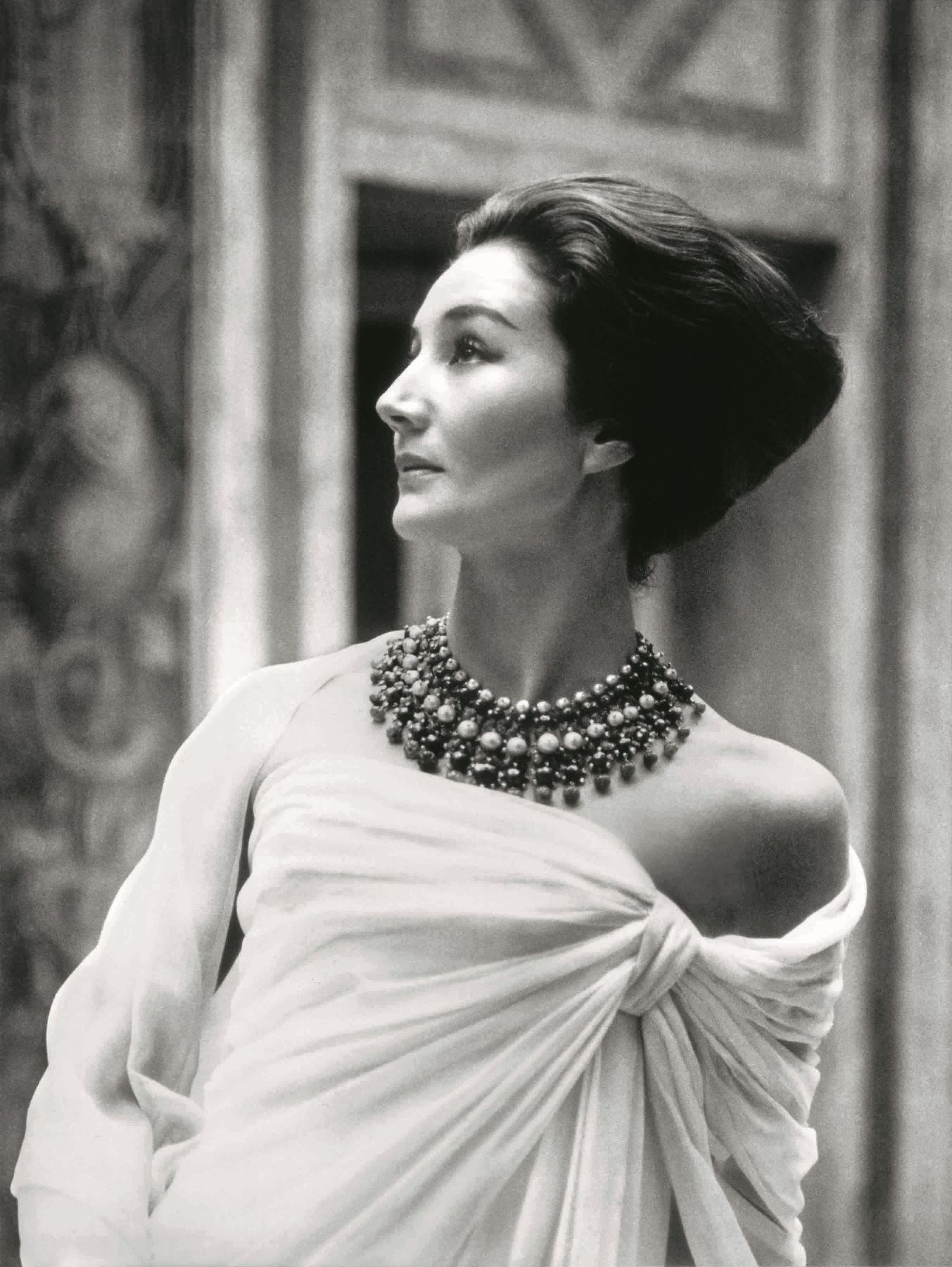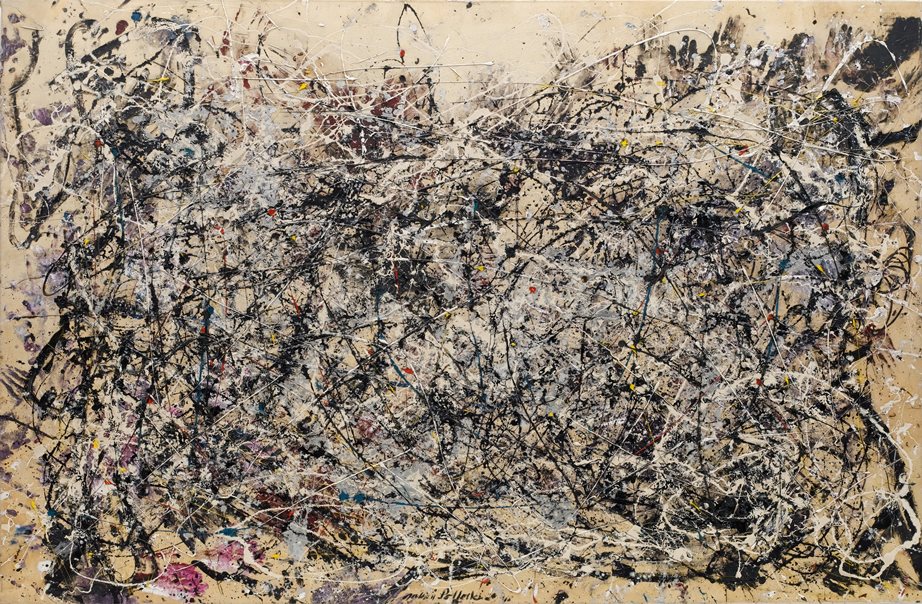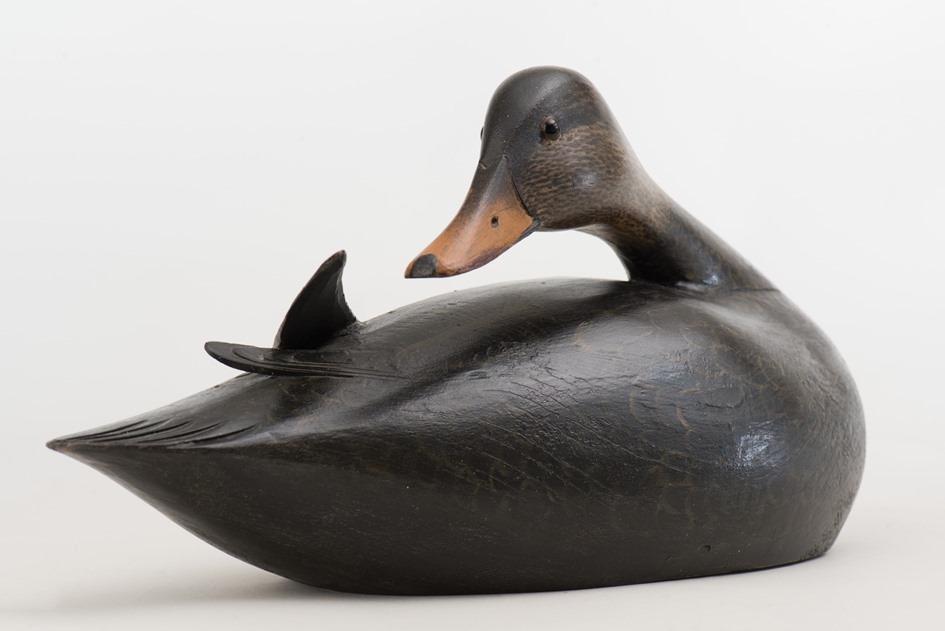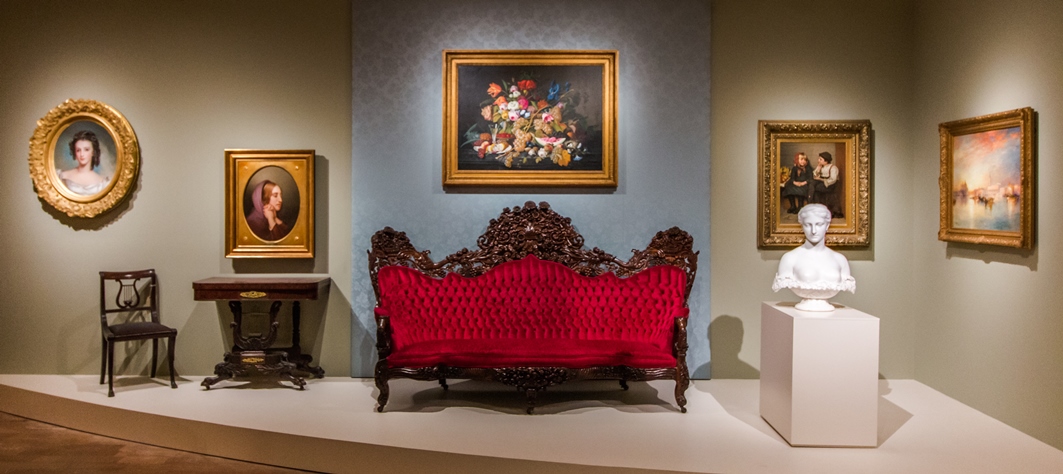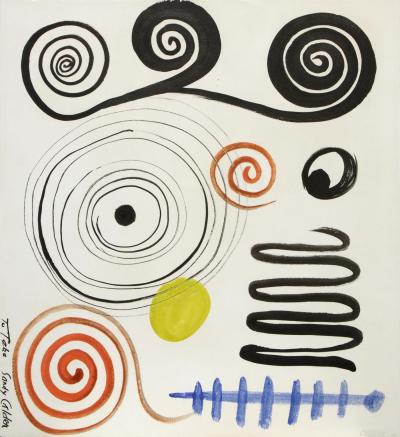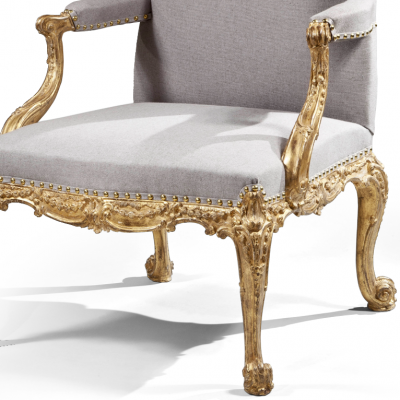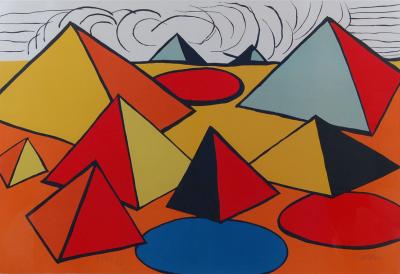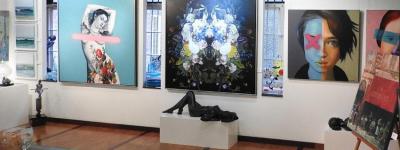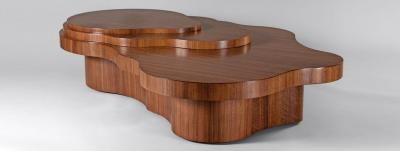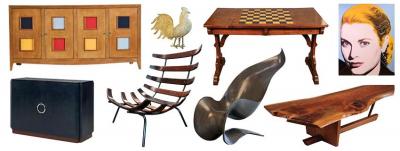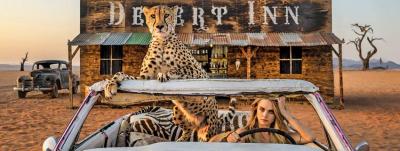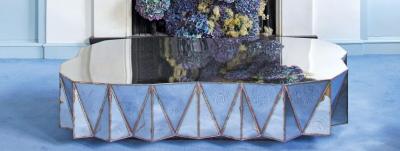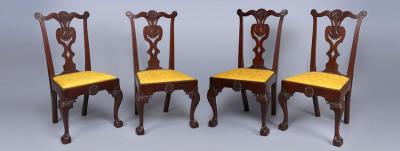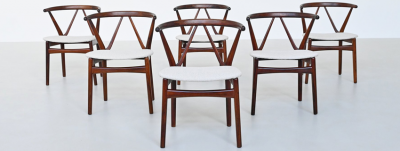This Week's Major Events: High-Style Fashion Exhibitions, Folk Art Shows & Modern Art Happenings From Coast to Coast
NOVEMBER 24-27, 2015
NEW YORK
An Architect’s Dream: The Magic Realist World of Thomas Fransioli, Hirschl & Adler Galleries, New York, NY
On view through December 31, 2015
For nearly three decades, Hirschl & Adler Galleries has been quietly gathering works by the enigmatic Magic Realist artist Thomas Fransioli (1906–1997) in anticipation of organizing a retrospective of his work—the first in over five decades. With over 25 works now on hand, we are pleased to announce the opening of "An Architect’s Dream: The Magic Realist World of Thomas Fransioli." Works by Fransioli, dating from the late 1940s through early 1970s, will be accompanied by a contextual gallery installation of pictures by other Magic Realists, including Osvaldo Louis Guglielmi, Zama Vanessa Helder, Edmund Lewandowski, and Andrew Wyeth. Click here to continue reading.
Alchemy, DC Moore Gallery, New York, NY
On view through December 23, 2015
DC Moore Gallery is pleased to present a curated group exhibition titled Alchemy including works by Larissa Bates, Liz Glynn, Robin Cameron, Robert Kushner, Rachel Owens, Reed Seifer, Barbara Takenaga, and Darren Waterston. The exhibition will be on view in the project space through December 23rd, 2015. The practice of alchemy, a precursor to modern chemistry, was a deep philosophical inquiry based on the desire to discover a way to transform base metals into gold. It was believed logical, due to gold’s immunity to decay, that such a discovery would naturally lead to the invention of a universal cure for disease and likewise the ability to indefinitely prolong life. Click here to continue reading.
Jacqueline de Ribes: The Art of Style, The Metropolitan Museum of Art, New York, NY
On view through February 21, 2016
The Costume Institute’s Fall 2015 exhibition, Jacqueline de Ribes: The Art of Style, will focus on the internationally renowned style icon Countess Jacqueline de Ribes, whose originality and elegance established her as one of the most celebrated fashion personas of the 20th century. The exhibition will be on view in The Metropolitan Museum of Art’s Anna Wintour Costume Center from November 19, 2015 through February 21, 2016. “A close study of de Ribes’s life of creative expression yields illuminating insights into her strategies of style,” said Harold Koda, Curator in Charge of The Costume Institute, who is organizing the exhibition. “Her approach to dress as a statement of individuality can be seen as a kind of performance art. When she established her own fashion house, her friend Yves Saint Laurent gave his blessing to the venture as a welcome projection of her elegance.” The thematic exhibition features approximately 60 ensembles of haute couture and ready-to-wear primarily from de Ribes’s personal archive, dating from 1962 to the present. Click here to continue reading.
Graphic Passion: Matisse and the Book Arts, Morgan Library & Museum, New York, NY
On view through January 18, 2016
World renowned for his paintings, sculptures, drawings, and cut-outs, Henri Matisse (1869–1954) also embraced the printed book as a means of artistic expression. Between 1912 and his death in 1954, he was engaged in nearly fifty book illustration projects, many produced with his direct involvement in page layout, typography, lettering, ornament, and cover design. He planned these publications with his characteristic vigilance and zeal, seeking a perfect fusion of image and text. Some thirty of these modern masterpieces will be on view for the first time together in this landmark exhibition exploring the decisive role book production played in Matisse’s career. Click here to continue reading.
Jackson Pollock: A Collection Survey, The Museum of Modern Art, New York, NY
On view through March 13, 2016
This exhibition offers a concise but detailed survey of the work of Jackson Pollock (American, 1912–1956). It tracks his artistic evolution from the 1930s and early 1940s, when he made loosely figurative images based on mythical or primeval themes, to the late 1940s and early 1950s, when he pioneered the radical abstractions for which he is best known by pouring and dripping paint onto canvas or paper. The exhibition features approximately 50 works—paintings, drawings, and prints—from the Museum’s collection, which is unparalleled in the breadth, depth, and quality of its Pollock holdings. Among the paintings on view is One: Number 31, 1950 (1950), arguably Pollock’s greatest masterpiece, and one of his largest canvases. Exceedingly rare and little-known engravings, lithographs, screenprints, and drawings are also included, highlighting an underappreciated side of one of the most important and influential American artists of the 20th century. Click here to continue reading.
VERMONT
Birds of a Feather: Shelburne Museum’s Decoy Collection, Shelburne Museum, Shelburne, VT
On view through May 2, 2016
Explore the illusory and deadly beauty of American wildfowl decoys in Birds of a Feather: Shelburne Museum’s Decoy Collection, on view in the Pizzagalli Center for Art and Education. Culled from the Museum’s renowned collection, the eighty decoys featured in the exhibition represent the work of master artisans, including: A. Elmer Crowell, Charles “Shang” Wheeler, Albert Laing, and Lemuel T. and Samuel Ward. The exhibition will feature thirteen different bird species ranging from black ducks and Canada geese, to swans, herons and shorebirds. Click here to continue reading.
WASHINGTON, D.C.
Louise Bourgeois: No Exit, National Gallery of Art, Washington, D.C.
On view through May 15, 2016
Louise Bourgeois’s (American, born France, 1911 – 2010) took up art in 1933. Her early work was influenced by surrealism, an artistic, intellectual, and literary movement that championed the creative potential of the subconscious mind. Yet the artist bristled at the association with that movement. As she wrote: “At the mention of surrealism, I cringe. I am not a surrealist.” Bourgeois preferred instead to identify herself as an existentialist. She imbibed the writings of the philosophers Jean-Paul Sartre, Simone de Beauvoir, and Albert Camus — her generational peers — and often quoted Sartre. She even named one of her sculptures after his 1944 existentialist play No Exit, in which three strangers are forever trapped together in a room. Click here to continue reading.
VIRGINIA
Color & Shape: 19th Century Theorems, Abby Aldrich Rockefeller Folk Art Museum, VA
On view through September 4, 2017
In the early years of the 19th century, theorem painting was a popular activity in both the school and home. Young girls were taught to use stencils to create colorful still life pictures, usually painted on fabric. Ladies’ magazines of the period also gave instruction to those wanting to try the technique at home. This exhibition in the Guyton Gallery, features 11 paintings, exploring how the theorems were made and how individual artists, using very similar stencils, created their own take on the subject. Click here to continue reading.
ARKANSAS
Picturing the Americas: Landscape Painting from the Tierra del Fuego to the Arctic, Crystal Bridges Museum of American Art, Bentonville, AR
On view through January 18, 2016
Artistic representation of human interaction with the land has a long history in the Americas. During the early years of the nineteenth century, as nations in the Americas gained and asserted their independence, pictorial representations of the landscape forged visions of the whole hemisphere. Landscape imagery of the period shows how we are connected by a shared pan-American history, but also underscores the differences between our respective national identities based on our relationships to the land.The exhibition features more than 100 oil paintings, watercolors, prints, and photographs, including works by well-known American landscape painters Albert Bierstadt, Frederic E. Church, Thomas Cole, Martin Johnson Heade, and Georgia O’Keeffe, as well as masters of the genre from both north and south of the United States, such as Jose Maria Velasco (Mexico), and Juan Manuel Blanes (Uruguay), among others. Click here to continue reading.
OHIO
High Style: Twentieth Century Masterworks from the Brooklyn Museum Costume Collection, Cincinnati Art Museum, Cincinnati, OH
On view through January 24, 2016
High Style: Twentieth Century Masterworks from the Brooklyn Museum Costume Collection opens at the Cincinnati Art Museum on Nov. 7. This landmark exhibition of garments and accessories from the Brooklyn Museum Costume Collection at The Metropolitan Museum of Art features the most influential European and American designers of the 20th century. High Style traces the work of early couturiers and the evolution of fashion and the fashion industry from 1900 to 1980. The exhibition will showcase a wide range of pieces on 65 mannequins, alongside 35 accessories, including hats and shoes, and related fashion sketches. A section of the exhibition devoted to the great American couturier Charles James includes 25 objects—nine ensembles, 12 sketches, and four prototype muslins. Click here to continue reading.
WISCONSIN
Collection Galleries Reopen, Milwaukee Art Museum, Milwaukee, WI
November 24, 2015
The Milwaukee Art Museum, the largest visual art institution in Wisconsin and one of the oldest art museums in the nation, will reopen its Collection Galleries to the public November 24. The reopening is the culmination of a 6-year, $34 million project to transform the visitor experience through dramatically enhanced exhibition and public spaces and bright, flowing galleries. “The new Milwaukee Art Museum is poised to set the standard for a twenty-first-century museum at the heart of a great city,” said Museum Director Daniel Keegan. Click here to continue reading.
CALIFORNIA

- Pablo Picasso (1881-1973) Portrait of a Young Girl, after Cranach the Younger, II (Buste de Femme d'après Cranach le Jeune).Signed lower right, "Picasso." Dedicated lower right, "Pour Laugier, ton ami, Picaso". linoleum cut in colors on Arches paper sheet: 30 1/4 x 22 5/8 in. 1/15 APs, aside from the edition of 50, 1958.
Picasso, Heather James Fine Art, Palm Desert, CA
November 27, 2015-May 30, 2016
Pablo Picasso had astonishing powers of invention, continually innovating and refreshing his work and experimenting with one style after another. He is one of the greatest, most radical and most influential artists of the 20th century. More than any other artist, Picasso defined Modern Art of the twentieth century by his establishment and development of one of its major movements, Cubism. Picasso also experimented, and eventually mastered, a number of mediums, including painting, the primary modes of printmaking, ceramic, and sculpture. Picasso will include artworks from a range of mediums to highlight the artist's inventive and prolific career. More than any other artist, Picasso defined Modern Art of the twentieth century by his establishment and development of one of its major movements, Cubism. Born in 1881 in Málaga, Spain, Picasso spent his childhood studying drawing and painting under his father, Jose Ruíz, who taught at the local art school. Picasso spent a year studying at the Academy of Arts in Madrid, before traveling to Paris in 1900. Click here to continue reading.
Calder, Heather James Fine Art, Palm Desert, CA
November 27, 2015-May 30, 2016
Alexander Calder was a prolific American artist who infused his artwork with a wit and whimsy inspired by his early fascination with the circus. His childhood hobby of crafting objects from found materials evolved into his invention of mobiles -- kinetic sculptures composed of wires counterbalanced with thin metal fins that are set in motion by random air currents to create natural movement. In addition to these sculptures, he created stabiles, or static sculptures, paintings, gouaches, drawings, prints, jewelry, and tapestries. Calder features several artworks from private collections that have never been exhibited, including a five-foot wide standing mobile constructed circa 1940. Alexander Calder, whose illustrious career spanned much of the 20th century, is the most acclaimed and influential sculptor of our time. Born in 1898, in a family of celebrated, though more classically trained artists, Calder utilized his innovative genius to profoundly change the course the course of modern art. Click here to continue reading.





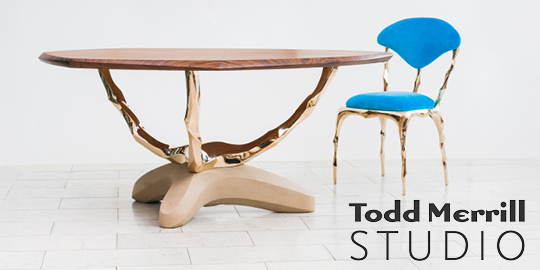
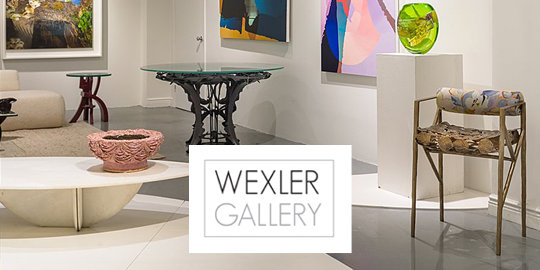
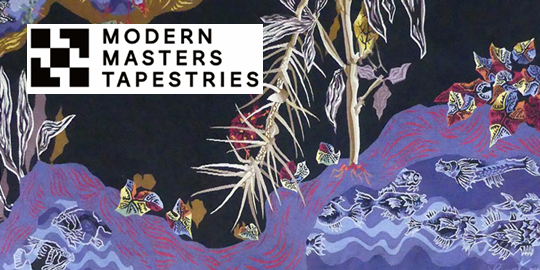

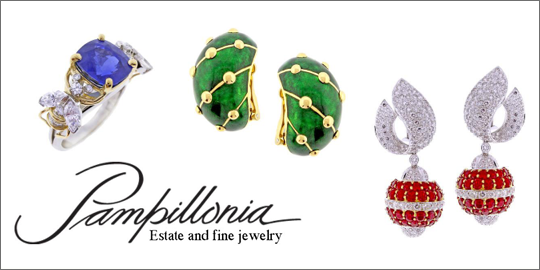
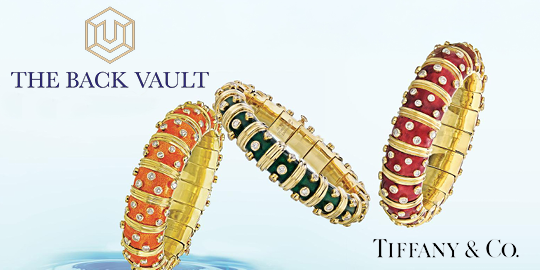


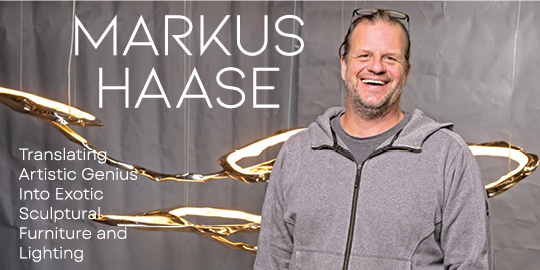

![5. Winter in Boston [Warren Street, East of the Back Bay Station], 1952 Oil on wood panel, 11 x 16 in. Signed with initials and dated (at lower right): T. F. / 1952. Courtesy of Hirschl & Adler Galleries.](../sites/uploads/Fransioli,_Thomas_(Winter_in_Boston).jpg)
